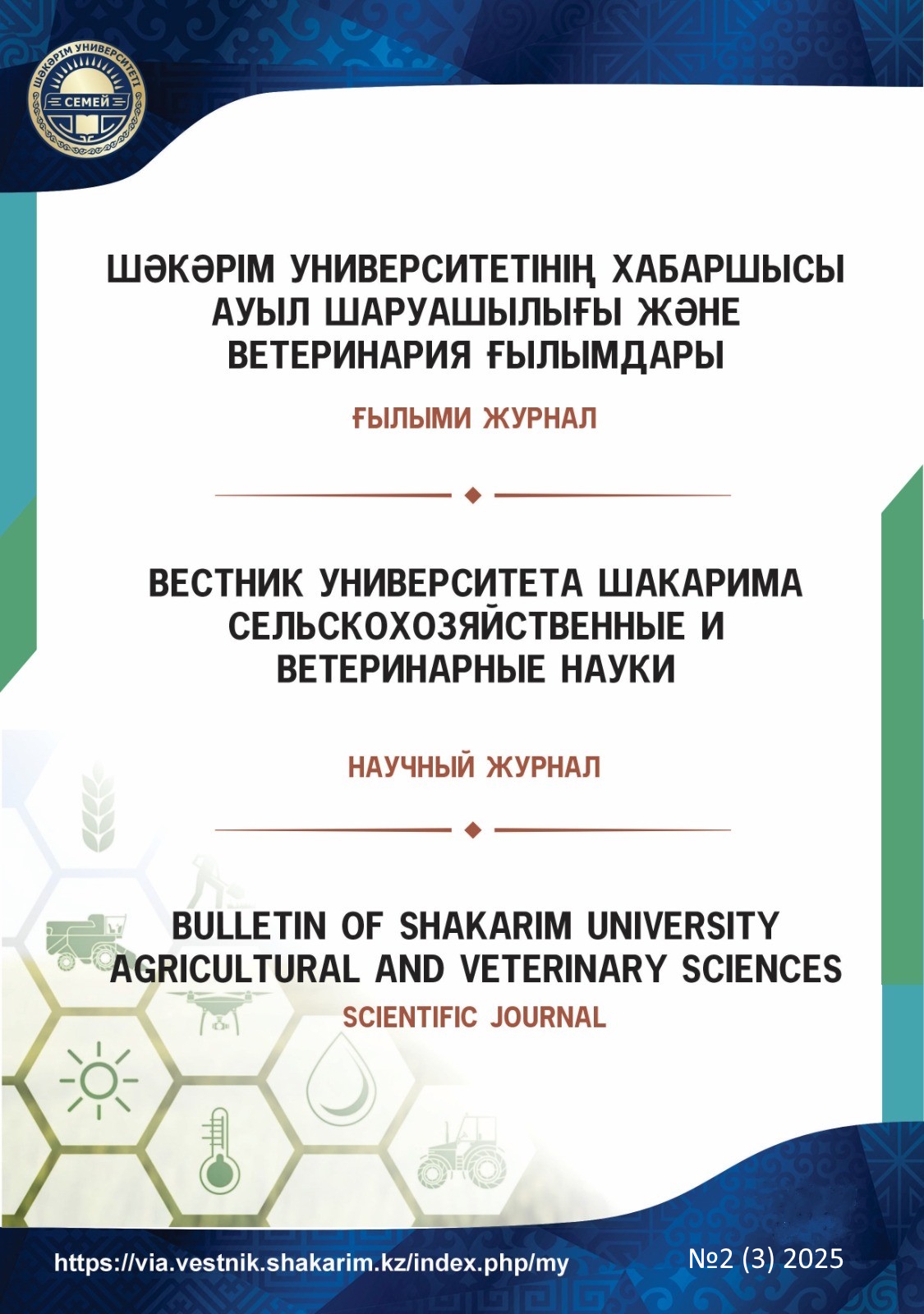RELATIONSHIP BETWEEN UTERUS INFECTIONS AND FERTILITY IN CATTLE
Keywords:
endometritis, postpartum, the etiology of uterine infections is multifactorial, inflammationAbstract
Uterine infections in cows, particularly postpartum uterine diseases such as endometritis and metritis, are significant contributors to reproductive failure and economic loss in the dairy industry. These infections can lead to prolonged calving-to-conception intervals, increased culling rates, and reduced milk production, ultimately impacting herd profitability and animal welfare (Hossain et al., 2015; Rosales & Ametaj, 2021; Sheldon & Owens, 2017). The postpartum period is critical for the recovery of the uterus and the resumption of ovarian cyclicity, both of which are essential for successful conception. However, the presence of pathogenic bacteria can disrupt these physiological processes, leading to inflammation and impaired fertility (Raliou et al., 2019; LeBlanc, 2010). The etiology of uterine infections is multifactorial, often linked to factors such as retained placenta, calving difficulties, and compromised immune status (Onyango et al., 2014; Han et al., 2005). For instance, retained placenta can lead to an increased incidence of endometritis, which is characterized by inflammation of the endometrium and can significantly impair fertility (Han et al., 2005; Negasee et al., 2020). The inflammatory response associated with uterine infections can also alter the uterine environment, affecting the expression of genes related to reproductive function and leading to subclinical endometritis, which often goes undiagnosed but can still adversely affect fertility outcomes (Arias et al., 2018).
Downloads
Downloads
Published
Issue
Section
License
Copyright (c) 2025 The editorial staff of the journal follows the copyright law of the Republic of Kazakhstan and relevant international agreements. The authors retain their copyright and provide the journal «Bulletin of Shakarim University. Series of Historical Sciences» right of first publication of the manuscript. The author has the right to copy and distribute the material in any medium and in any format, subject to appropriate reference to the journal. Readers and users can freely copy, distribute and adapt the material, provided that the author of the work is indicated and a link to this journal is provided. Copyright presupposes the integrity and responsibility of each co-author who made a significant contribution to the writing of the article. The author has the right to store his publications in an institutional or other repository of his choice, provided he provides the appropriate link to the journal’s website.

This work is licensed under a Creative Commons Attribution-NonCommercial 4.0 International License.
Copyright presupposes the integrity and responsibility of each co-author who made a significant contribution to the writing of the article.
The author has the right to store his publications in an institutional or other repository of his choice, provided he provides the appropriate link to the journal’s website.




